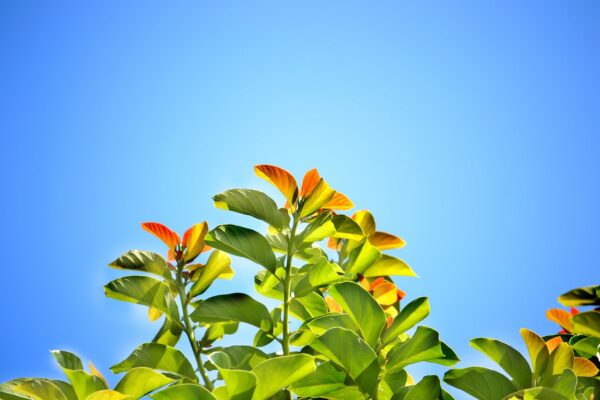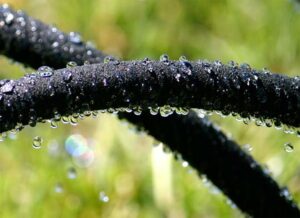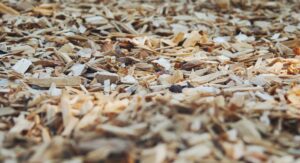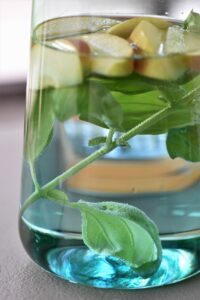
August is upon us and this year it feels like summer is also finally, finally here! Temperatures are climbing into more reasonable ranges with some hot days and certainly more sunny and dry days in the mix. Average rainfall in August in the Puget Sound basin is an inch or less. While not blistering hot or muggy like other areas of the country, our lack of rain and the rising heat collectively have significant impact on our plants. Pay close attention to your plants need for water, even established trees and shrubs. Remember, drought tolerance is not drought proof. Our gardens can luxuriate in all that sunshine but only if they are set up to stay hydrated. Just as we need to drink water, so do they.
Watering Wisdom
- Use a soaker hose or drip irrigation where practical – saves time, money and water.

- Water deeply not frequently – let the water soak in to encourage deep roots.
- Water in the morning to allow leaves to dry off and hydrate plants for the day – you will see less wilting and fewer disease issues with your plants.
- When watering dry areas, apply water for a short interval and let it soak in, then return and water deeply – soil can become hydrophobic if it dries out and water will run down the sides of pots or off the surface of garden beds if the soil underneath is too dry.
- If you have not already, mulch around your plants with a mulch choice appropriate for the plant. Use compost or straw in veggie beds, containers and annual flower beds, wood chips and leaves around trees, shrubs, and perennials for instance.
- Use the WSU AgWeatherNet online resource page to see what soil temperature, air temperature and rainfall looks like currently.
- Visit the Saving Water Partnership for more watering wisdom.
Planting in the Summer
Planting this time of year is not recommended unless you are adding new veggies to your edible garden or annuals to pots to freshen them up. If you have to transplant or plant something during hot, dry weather be sure to soak the potted plant AND the area you will be planting to ensure that once planted, the soil will absorb water.
Garden Design for Drought Tolerance
Designing a garden to install this fall? Want to include drought tolerant plants? View these plant lists and info sheets to explore your options.
The Plant List – drought tolerant and wet winter/dry summer plant lists
Great Plant Picks – drought tolerant plants for sun
Great Plant Picks – drought tolerant plants for shade
Right Plant, Right Place – plant it right to begin with – two page flyer
Choosing the Right Plants – in depth brochure on getting plants placed properly to begin with
Watering New Plants – new plantings need special attention for a few summers
Keep Yourself Hydrated Too!
Did you know that working in DIRECT SUNLIGHT adds 150F to the heat index of your location? this can be compounded if you are wearing heavy clothes, doing strenuous work or are unused to doing heavy work in the heat. Here are some tips to help you keep cool too.
- Acclimate to the weather – don’t go out and work six hours in the sun if you have not been getting out into the elements yet.
- The cooler part of the day is the best time to get out and be strenuous.
- Wear cool airy clothes – even 70 degree days in hot clothes can add up to heat stress.
- Wear a hat – a study on hard hats for workers showed that white hard hats were significantly cooler than other colors. Try a white hat or a straw hat. This shades your face and prevents sunburn on your scalp.
- Use sunscreen with both UVA and UVB protection and an SPF of 30 and reapply after 2 hours. Sunburn reduces the ability of your skin to shed excess heat which makes you more susceptible to heat stress. UVA rays can cause skin cancer and premature skin aging and UVB rays cause sunburn.
- Stay hydrated! Choose water over soda, avoid caffeine and high sugar content in your beverages as these lead to dehydration. Avoid alcohol even after work if possible as that causes more dehydration. Make flavored water to make it delicious and more palatable.
- Drape a wet towel around your neck also to cool off or cool off pulse points on your wrists. There are also some products out there made for this. Some conveniently double as masks.
Need more help? Feel free to call or email with specific questions too –
206-633-0224 or use the web form for email.

